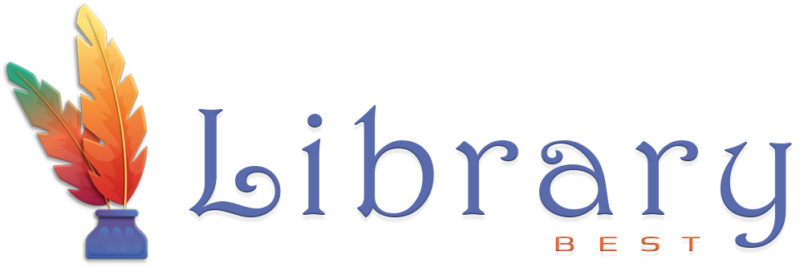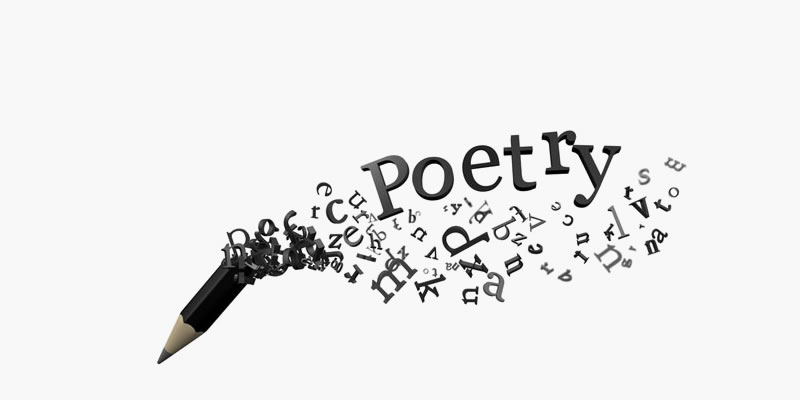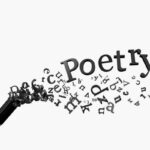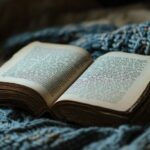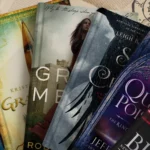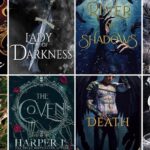Poetry is a powerful form of artistic expression that relies on carefully chosen words, rhythms, and structures to communicate profound ideas and emotions. At the heart of its craft lie poetic devices and literary terms, essential tools that poets use to enhance their creations.
These elements, such as metaphor, simile, alliteration, imagery, and rhythm, are not merely stylistic choices—they shape the very essence of the poem, guiding the reader’s experience and interpretation.
Analyzing poetry through the lens of these devices opens a window into the poet’s techniques, revealing how layers of meaning are constructed and emotions are conveyed.
Imagery creates sensory experiences, drawing readers into the poem’s world, while literary terms like enjambment and caesura affect the pacing and flow of the narrative.
The study of poetic devices is not just about identifying technical elements; it is about recognizing the way these techniques interact to create a cohesive and impactful whole. By examining the deliberate choices poets make, readers can better appreciate the artistry involved in crafting verses that resonate across cultures and eras.
Term
Definition
Alliteration
Repetition of initial consonant sounds.
Allusion
A direct or indirect reference to a familiar figure, place, or event from history, literature, mythology, or the Bible.
Apostrophe
A figure of speech in which a person not present is addressed.
Assonance
Close repetition of similar vowel sounds, usually in stressed syllables.
Atmosphere/Mood
The prevailing feeling created in a story or poem.
Cacophony
Harsh sounds introduced for poetic effect, sometimes words that are difficult to pronounce.
Cliché
An overused expression that has lost its intended force or novelty.
Connotation
Emotional suggestions attached to words beyond their strict definitions.
Consonance
Close repetition of identical consonant sounds before and after different vowels.
Contrast
Comparison or juxtaposition of things that are different.
Denotation
The dictionary meaning of words.
Dissonance
Juxtaposition of harsh jarring sounds in one or more lines.
Euphony
Agreeable sounds that are easy to articulate.
Extended Metaphor
Implied comparison between two things which are essentially not alike, continued throughout the selection.
Figurative Language
Language used to force words out of their literal meanings, emphasizing connotations for new insights.
Hyperbole
An exaggeration in the service of truth; an overstatement.
Idiom
A term or phrase with a figurative meaning understood through common use, not literal translation.
Imagery
Representation through language of sense experience—mental pictures, sounds, smells, tastes, or touch.
Irony
A literary device revealing concealed or contradictory meanings.
Jargon
Language peculiar to a particular trade, profession, or group.
Juxtaposition
Overlapping or mixing opposite or different elements for clarity, purpose, or heightened mood.
Literal Language
What is said is based on reality without figurative comparisons.
Litotes
A form of understatement by denying the opposite.
Metaphor
A comparison between two things which are essentially dissimilar, implied rather than directly stated.
Meter
A regular pattern of rhythm based on stressed and unstressed syllables.
Metonymy
Use of a closely related idea for the idea itself.
Mood
See atmosphere.
Onomatopoeia
Words that sound like what they mean.
Oxymoron
Two contradictory words placed close together but revealing a truth.
Paradox
A statement with an apparent contradiction that is actually true.
Personification
Giving human attributes to an animal, object, or idea.
Rhyme
Words that sound alike.
Rhyme Scheme
Any pattern of rhymes in poetry; each new sound is assigned the next letter in the alphabet.
Rhythm
A series of stressed syllables arranged to create an expected pattern.
Simile
A comparison between two dissimilar things using “like,” “as,” or similar words.
Speaker
The “voice” telling the poem, distinct from the poet.
Symbol
Something with a literal and figurative meaning, representing something beyond itself.
Synecdoche
Using a part to represent the whole.
Theme
The central idea of a story, usually implied rather than directly stated.
Tone
The poet’s attitude toward the subject or readers, distinct from mood or atmosphere.
Trope
A figure of speech where a word is used outside its literal meaning (e.g., simile, metaphor).
Understatement
Saying less than what is meant, often for effect.
Voice
The creative intelligence behind the speaker in a literary work.
Summary
Analyzing poetry through its literary devices reveals layers of meaning, emotion, and artistry that elevate the text.
By examining elements like metaphor, symbolism, rhyme, and meter, readers can better appreciate the deliberate choices poets make to convey their messages and evoke feelings.
Such an approach not only enhances the reading experience but also fosters a greater connection to the creative expression within the poem.
